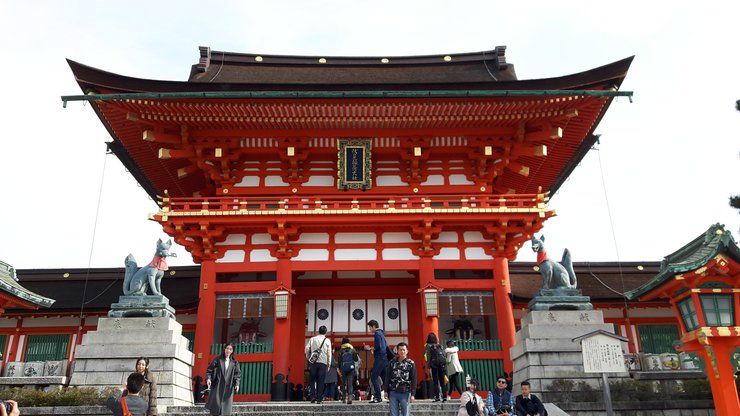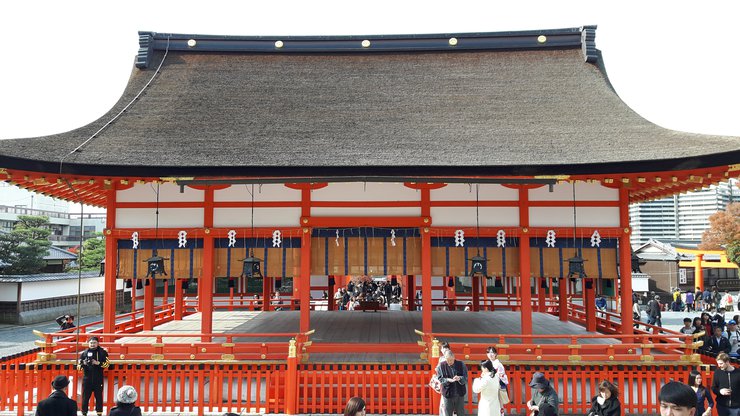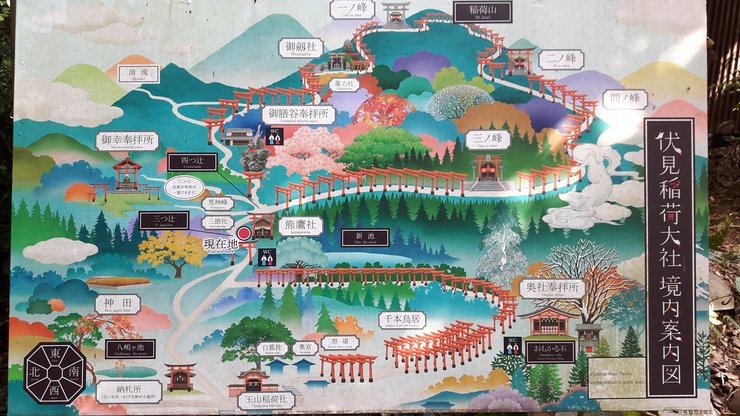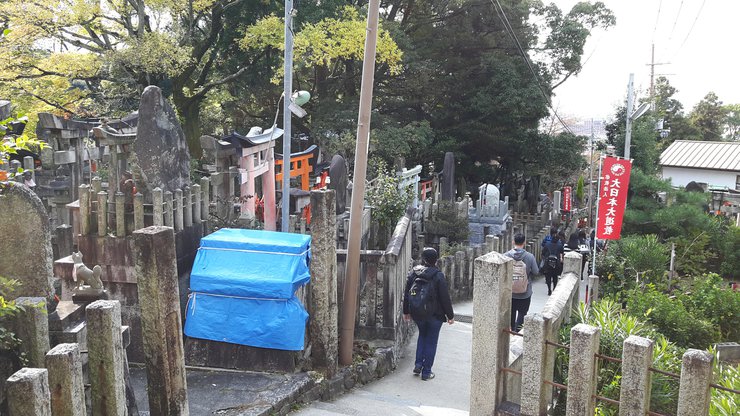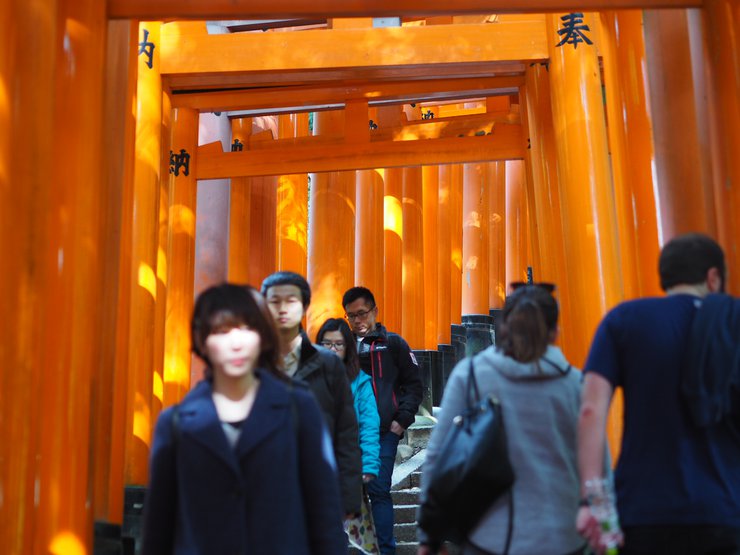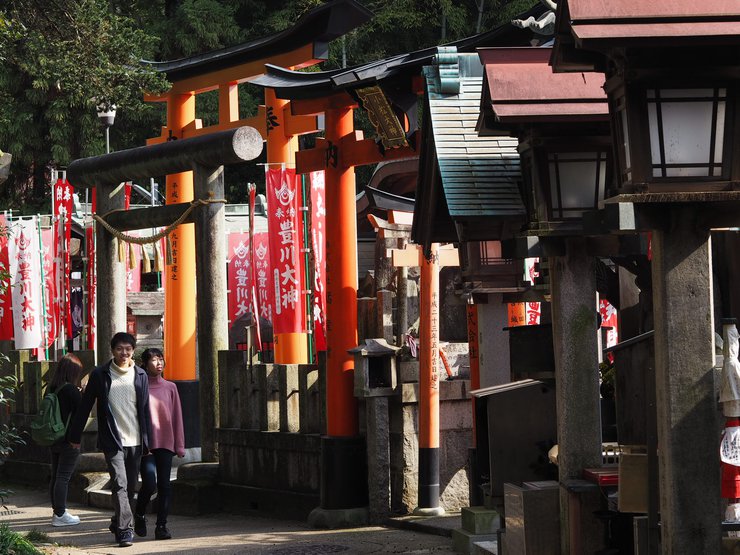Part 3: Nature, Clear Water, and Culture
Osaka-Kyoto Adventure: Embarking on the Journey
Following the initial planning and travel preparations outlined in Parts 1 and 2, we now embark on the actual journey of our Osaka-Kyoto adventure. Before we delve into the specifics, we highly recommend familiarizing yourself with a crucial resource for navigating Japan's extensive railway network: Hyperdia.com.
Even seasoned Japanese travelers rely on Hyperdia, as the sheer number of train lines can be overwhelming. Without proper planning, getting lost is a real possibility. Hyperdia provides a user-friendly interface, available in English, to help you navigate the intricate web of train lines with ease.
Remember: Hyperdia is a website, not a mobile app. Make sure to bookmark it for convenient access during your travels.
With this essential tool in hand, we are now fully equipped to begin our exploration of Osaka and Kyoto.
Our journey began near Osaka Station, a central hub connecting us to various destinations. We embarked on foot, eager to explore the city's wonders. Our first stop was the Fushimi Inari Shrine, also known as the "Red Gate Shrine" or the "Fox Shrine."

With our 2-day JR Pass in hand, we bypassed the ticket booths and headed straight into the station. (Unlike in Thailand, the tickets were small paper slips.) We inserted them into the designated slot and emerged on the other side. Our first destination was Kyoto, where we would catch a train to the Fushimi Inari Shrine.
To determine the correct platform for your train to Kyoto, observe the platform number displayed on the signage. As there are over 10 platforms, carefully verify the platform number before proceeding. Since your destination is Kyoto, locate the platform designated for Kyoto-bound trains. The platform number may vary, so pay close attention to the signage. Once you have identified the correct platform, board the train and proceed to Kyoto. Upon arrival in Kyoto, to reach the Fushimi Inari Shrine (also known as the Red Gate Shrine or the Fox Shrine), identify the JR Inari Station (JR refers to the train line and Inari indicates the specific station). Determine the appropriate train to board for Inari Station and proceed accordingly.

Upon arrival, you will notice a large number of people disembarking. Follow them to the temple, which is conveniently located across from the station. Upon entering, you will see a red pillar. Continue walking to enter the temple grounds. Admission to this temple is free. Walk straight towards the lights on the left-hand side and follow the crowd. This path will lead you to a scenic viewpoint. If you are able, it is recommended to walk all the way to the viewpoint to enjoy the panoramic view of Inari town. You can then walk back along a circular route.

This walking map is perfect for those who enjoy walking and taking photos along the way. There are restrooms available along the route, but no food is available for purchase, so it is recommended to bring your own.

As I continued walking...

On the way back

A Japanese person wearing a kimono was also present.

After spending some time at the previous location, we used the same ticket to return to the original station. We entered the station and walked to the right to cross the bridge to the opposite side, where our next destination, Tofukuji Temple, was located. To reach the temple, we took a train from the red pillar temple station back to JR Tofukuji Station. The journey only involved backtracking two or three stations.

A quick snap while waiting for the train.
Upon exiting the station, we followed the large crowd, confident that we wouldn't get lost. The temple has two entrances, and we opted to follow the majority. To make the most of our time, we purchased water and snacks from the vendors along the way.

Entrance
Temple front
Advertisement

This temple is highly recommended for its stunning foliage that changes color. Be aware that there is an entrance fee.

Admission fee is approximately 500 yen per person. Please enter.

Breathtaking Views Ahead
The following section will showcase stunning views.





We are now departing for our next destination. (It should be noted that today we have 4 temples as our target, which may not seem like a lot, but it is actually quite packed. It is recommended to only visit 2 temples. We were unable to reach the viewpoint at Saiden Temple because we had to move on. It is recommended to only visit Saiden Temple and Tofukuji Temple.)
Exiting the temple, we walked back to the station we arrived at to catch a train back to Kyoto Station. Our next destination, Kiyomizu-dera Temple, was not accessible by train and required a bus ride. Kiyomizu-dera, meaning "pure water" in Japanese, is often referred to as "Kiyomizu Temple" in English. Upon arriving at the station, we purchased one-day bus passes, which proved to be a cost-effective option.

In front of Kyoto Station

The bus ticket booth is located at the exit of Kyoto Station. It is easy to find, just look to the right and left of the booth. The bus stop is also located on both sides of the booth, with many buses and passengers waiting. The bus route you need to take is either the 100 bus or the bus that goes to Kiyomizu Temple. You can board the bus from either side. Once you have your ticket, you can wait for the bus. Don't worry about getting off at the wrong stop, as there is a screen inside the bus that shows the next stop. The screen displays information in English, so you can easily understand it. This is unlike the train, where some trains have English announcements and others don't.
The sign that we will get off at is Kiyomizu. When we arrive at the station, the entrance to the temple is on the opposite side. Do we have to cross the road and walk far? No... but the way up is steep like climbing a mountain, which makes us tired... This temple still has an entrance fee.


The temple is said to be teeming with people.

The provided text is empty. Please provide the text you want me to translate.





Our journey continues to the next temple, Ginkakuji Temple (Silver Pavilion). Retrace your steps back to the bus stop and hop on the same bus, route 100, to the Ginkakuji stop. This stop is also a bit of a walk away, and once you get off, you'll need to walk back a little further. Like the previous temples, there is an entrance fee, which typically doesn't exceed 500 yen.

Entrance...





And that concludes our visit to the four temples in one day. I can't believe we managed to squeeze them all in! After leaving the temple, we headed back to the bus stop and waited for the same bus to take us to Kyoto Station. From there, we caught a train back to Osaka to rest and recharge before our next adventure tomorrow.
To be continued...
Earn Mat
Friday, October 4, 2024 3:07 PM



 Check Hotel Deals in โอซาก้า
Check Hotel Deals in โอซาก้า






